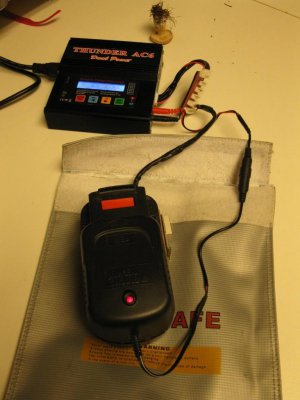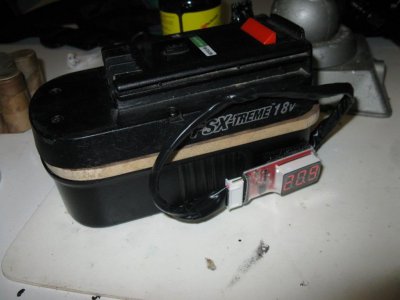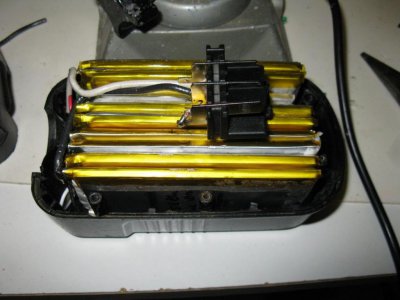- Joined
- Nov 18, 2012
- Messages
- 1,352
Hi Folks. Just to save someone from a serious fire, please do not attempt to change standard subC nicd cells with LiIon. The most common LiIon size cells are so called 18650 (18mm dia, 65mm long) so do not have the same form factor as SubC. The real danger however is in the battery management system. This controls the charge as well as the discharge. LiIon cells should not be over discharged. While LiIon cells do not contain any free Li metal, they can form free Li metal if they do not have a proper battery management system. The main issue is fire due to improper charging. The electrolyte in LiIon cells is flammable, unlike Nicd or Nimh. Also with over charging and the cell temperature rises, eventually you get thermal runaway and oxygen is generated. So you have flammable electrolyte, self generated oxygen, making it very difficult to extinguish the fire.
Also having spent 15 years evaluation cells for the major power tool company, I will have to agree that DeWalt nicd cells are the best that are currently produced.
And just a note, if you elect to replace cells in a pack, the new cell connections will have to be spot welded. Soldering risks damaging the separator or the vent system.
Just want to keep folks safe. I have witnessed too many fires during abuse testing.
David
Also having spent 15 years evaluation cells for the major power tool company, I will have to agree that DeWalt nicd cells are the best that are currently produced.
And just a note, if you elect to replace cells in a pack, the new cell connections will have to be spot welded. Soldering risks damaging the separator or the vent system.
Just want to keep folks safe. I have witnessed too many fires during abuse testing.
David




